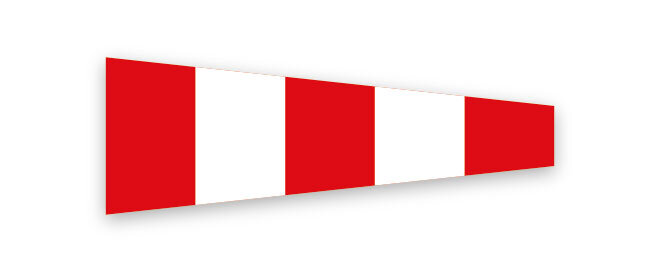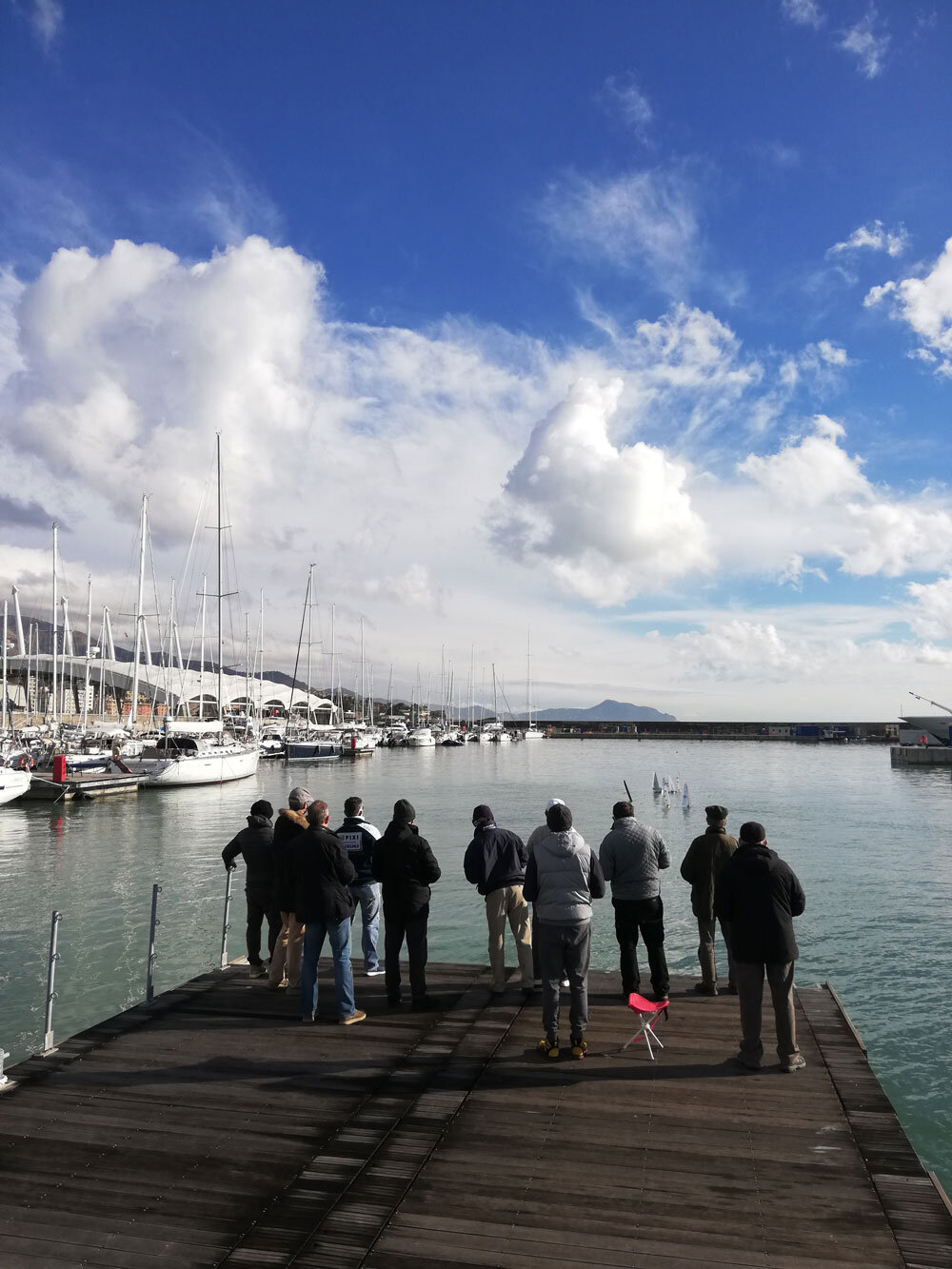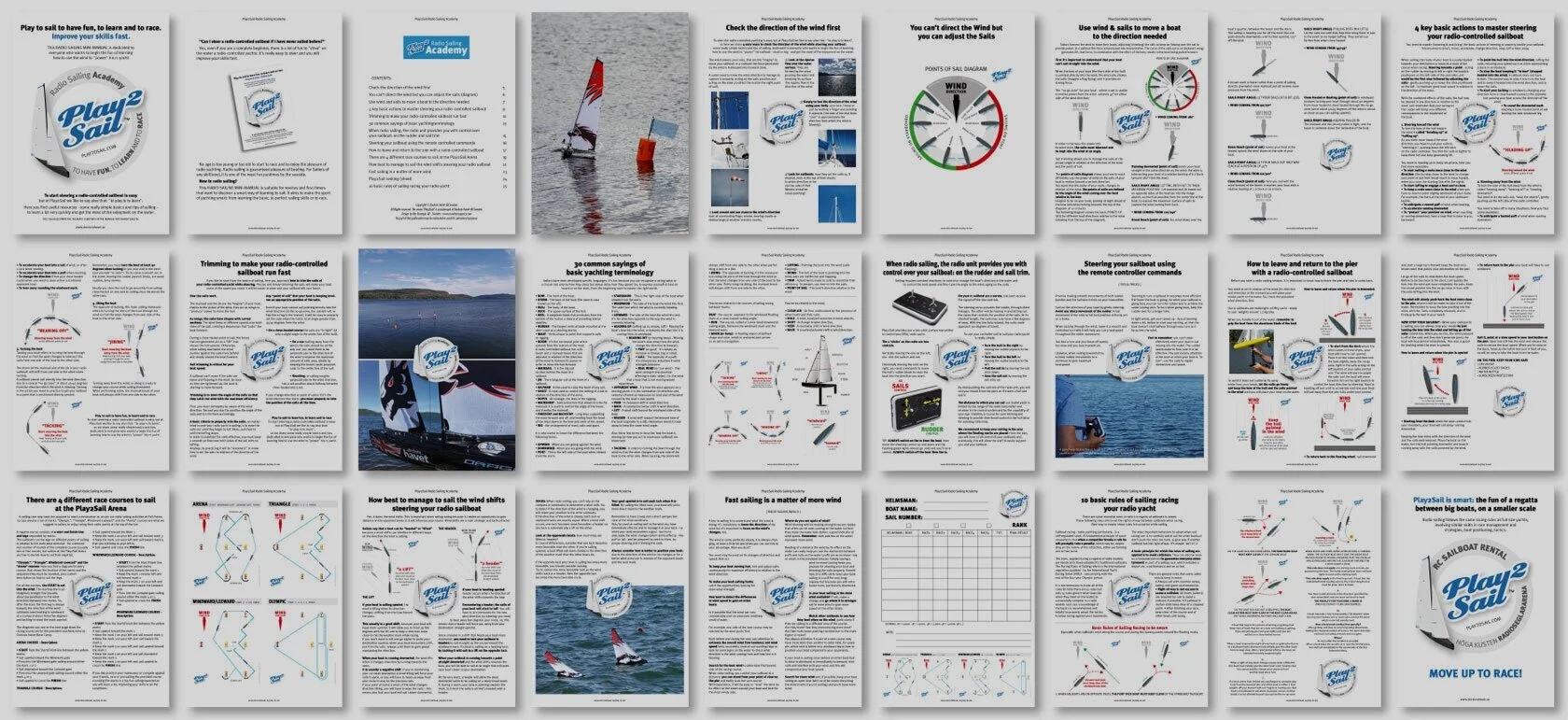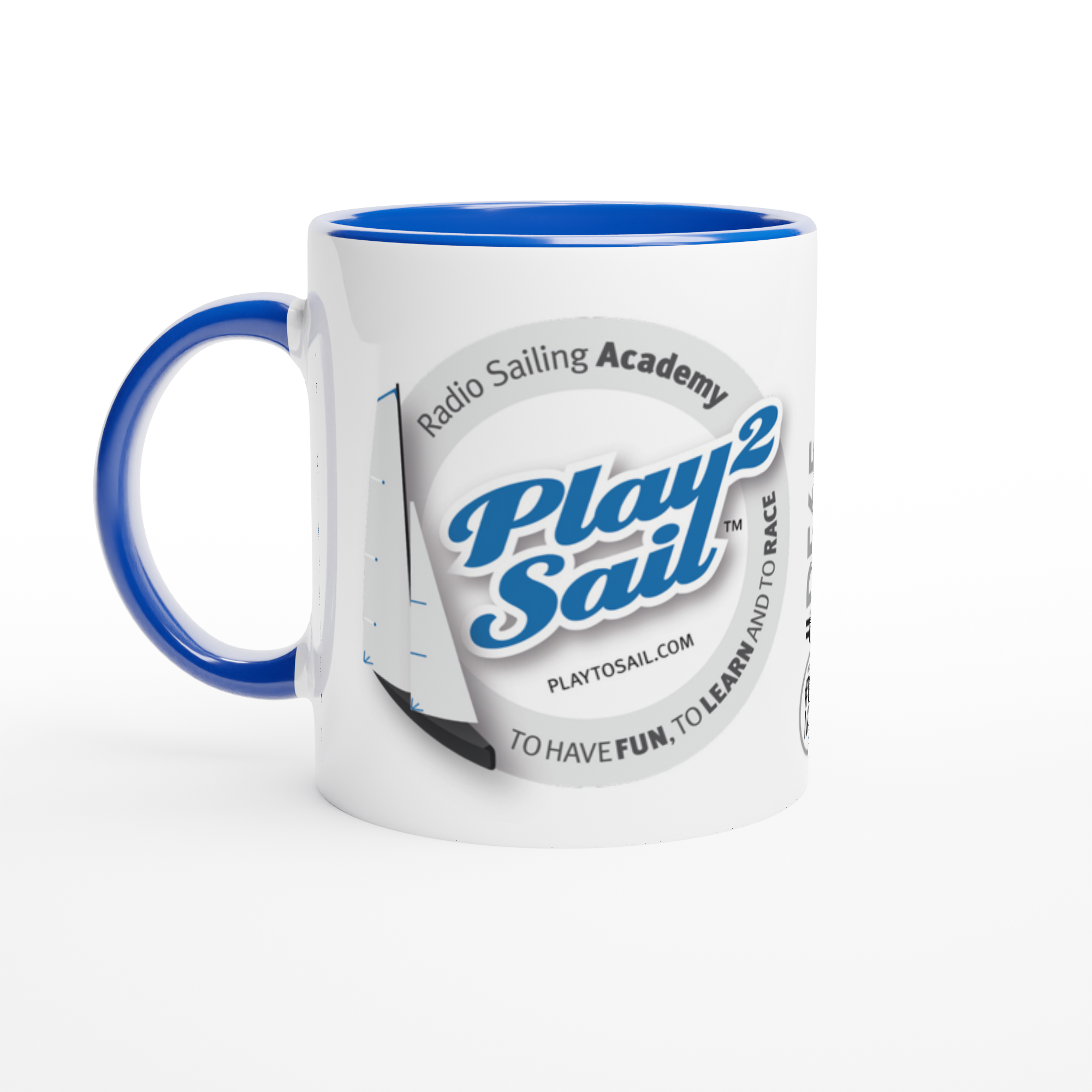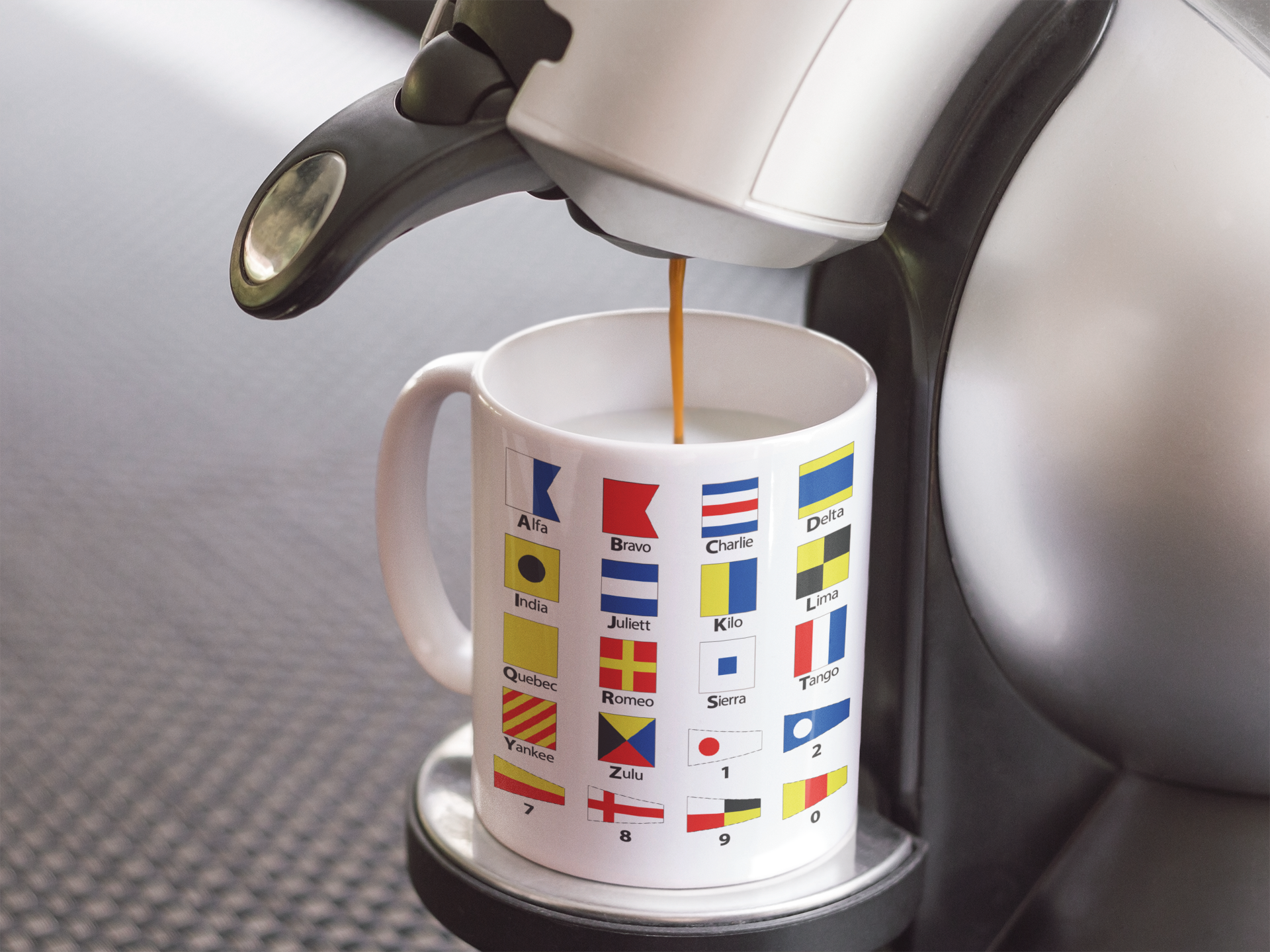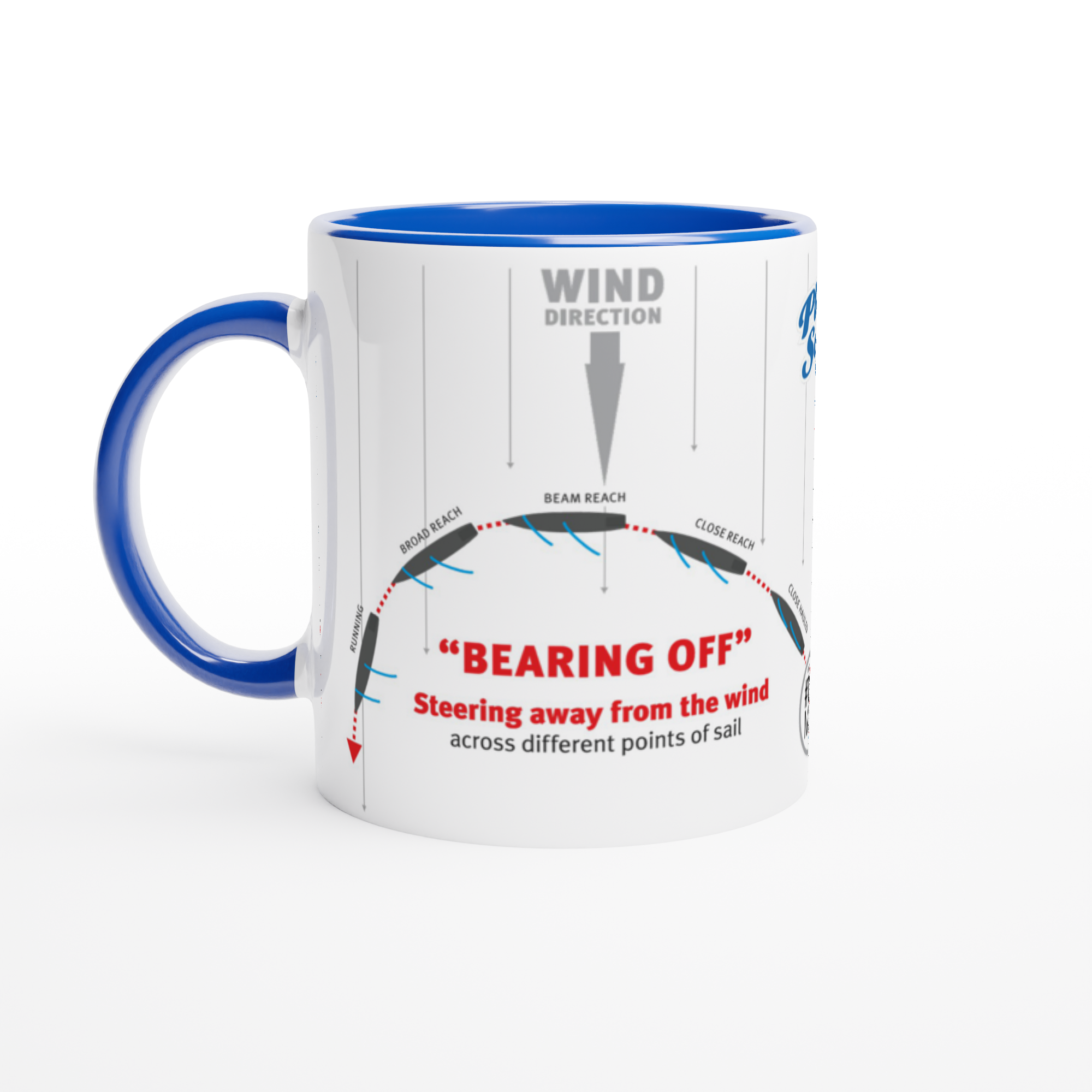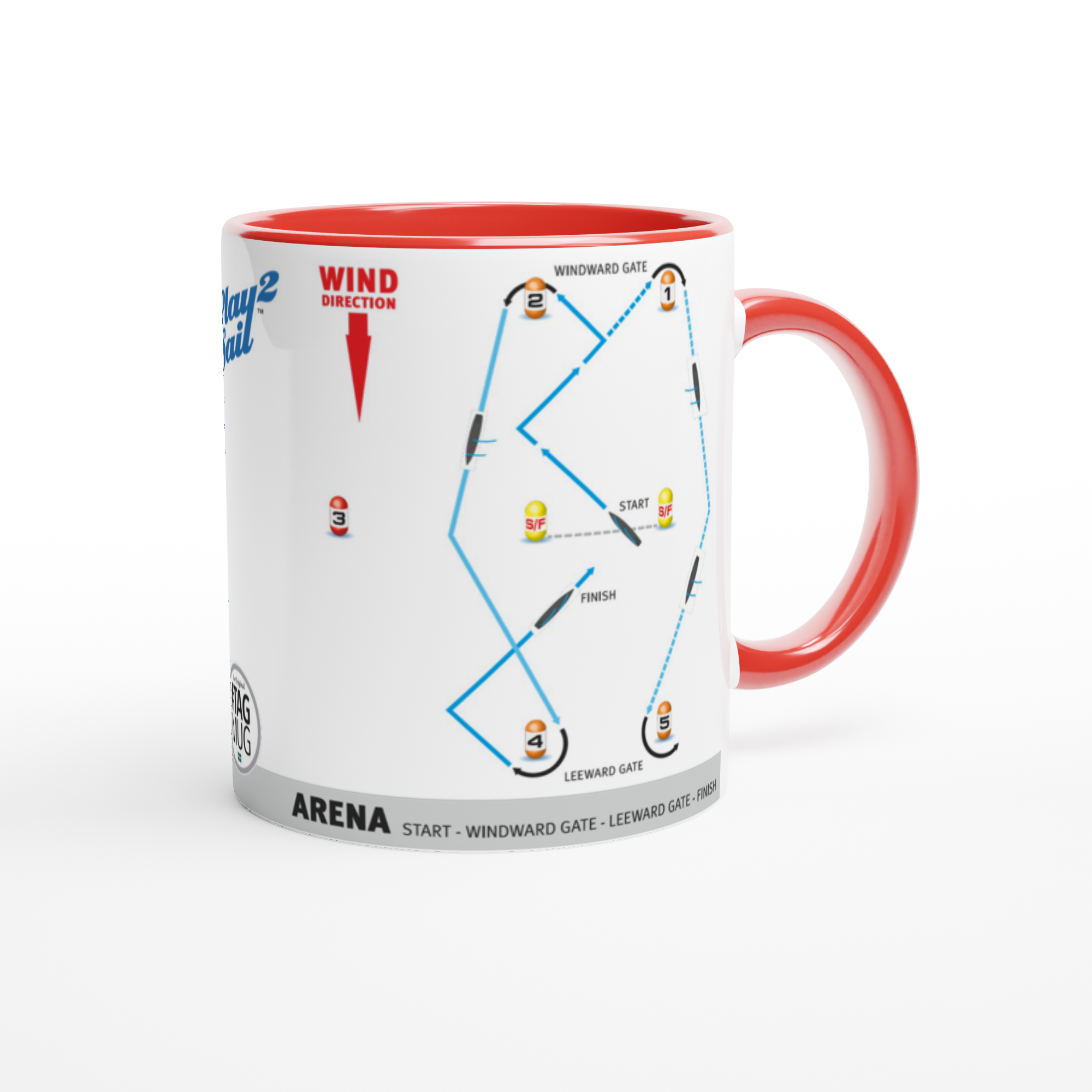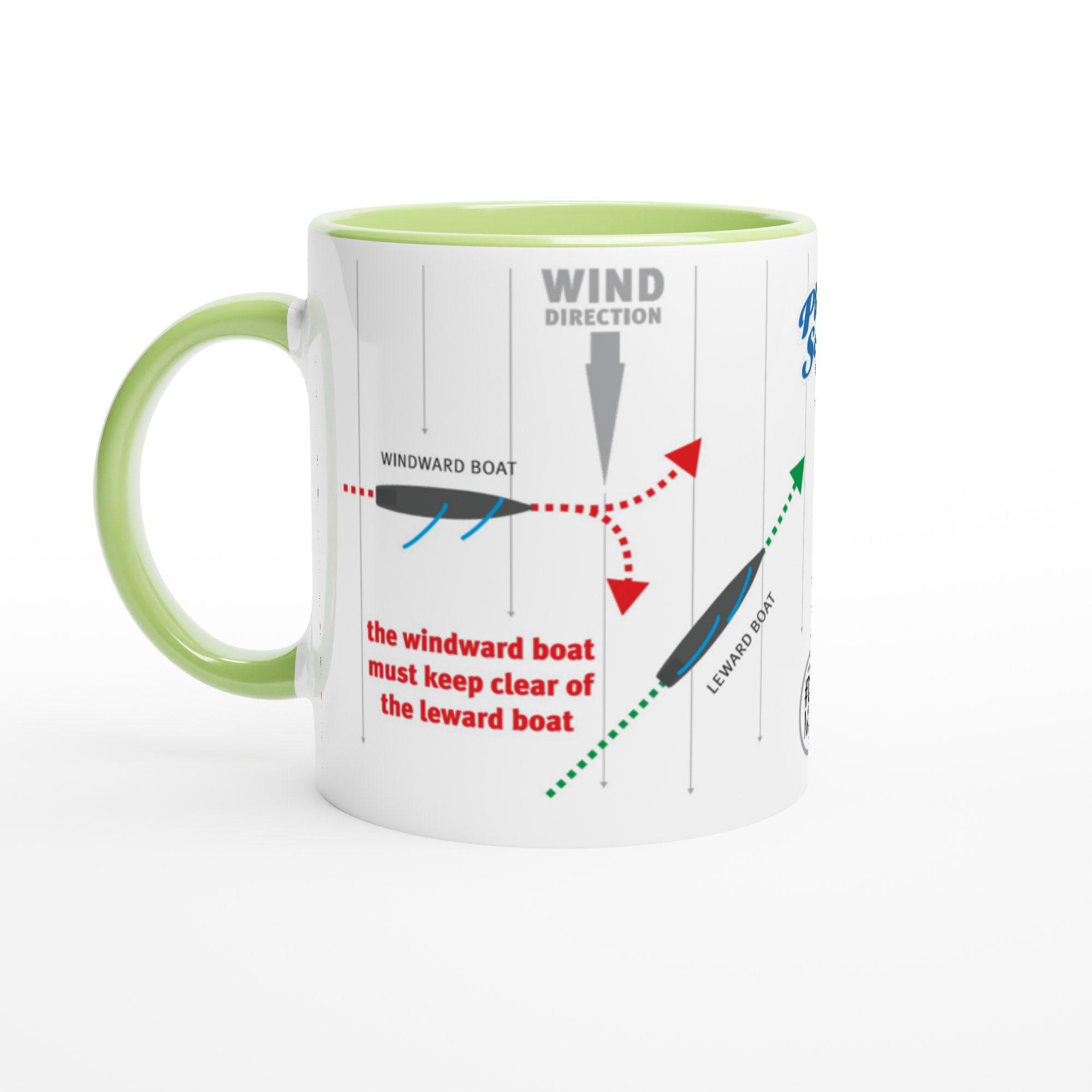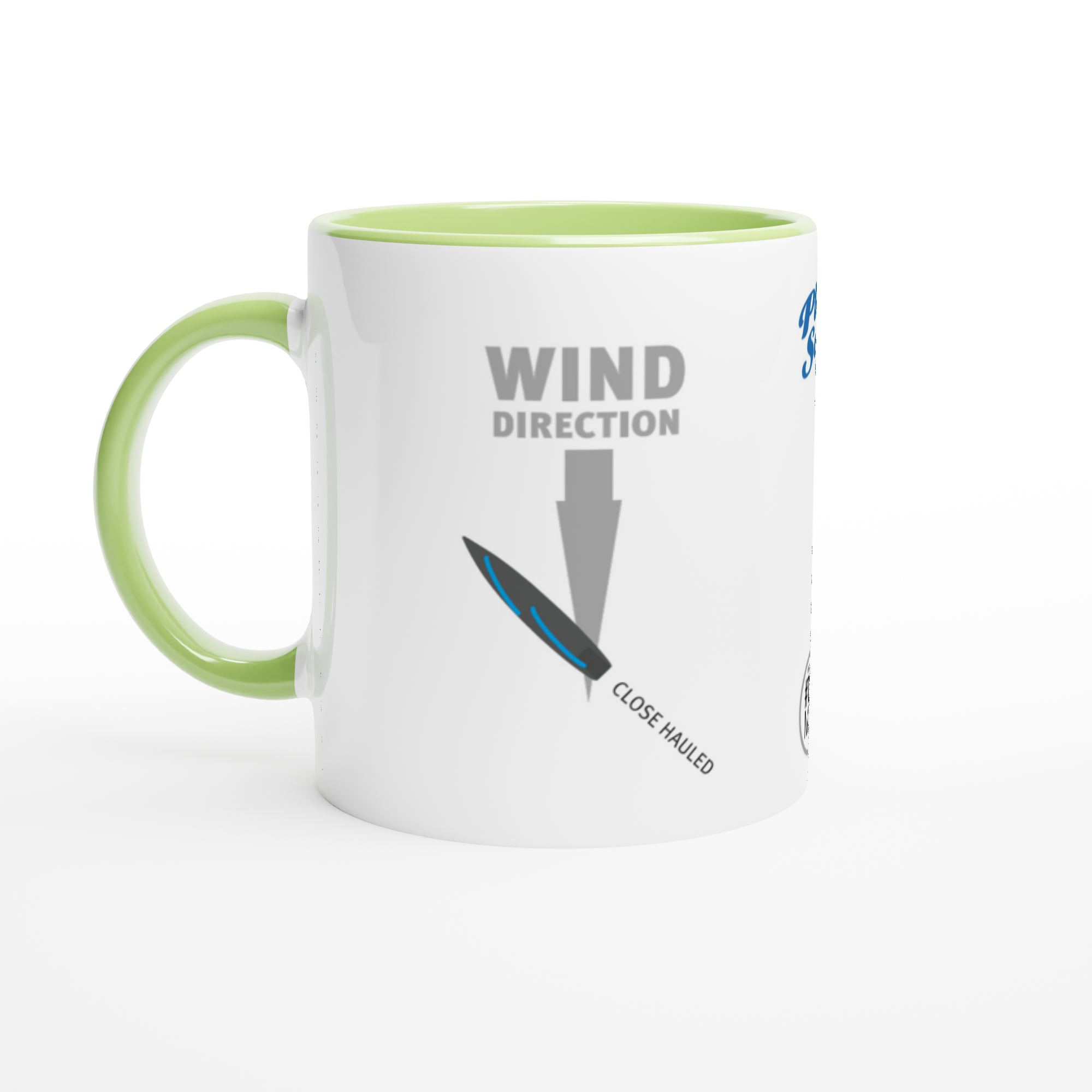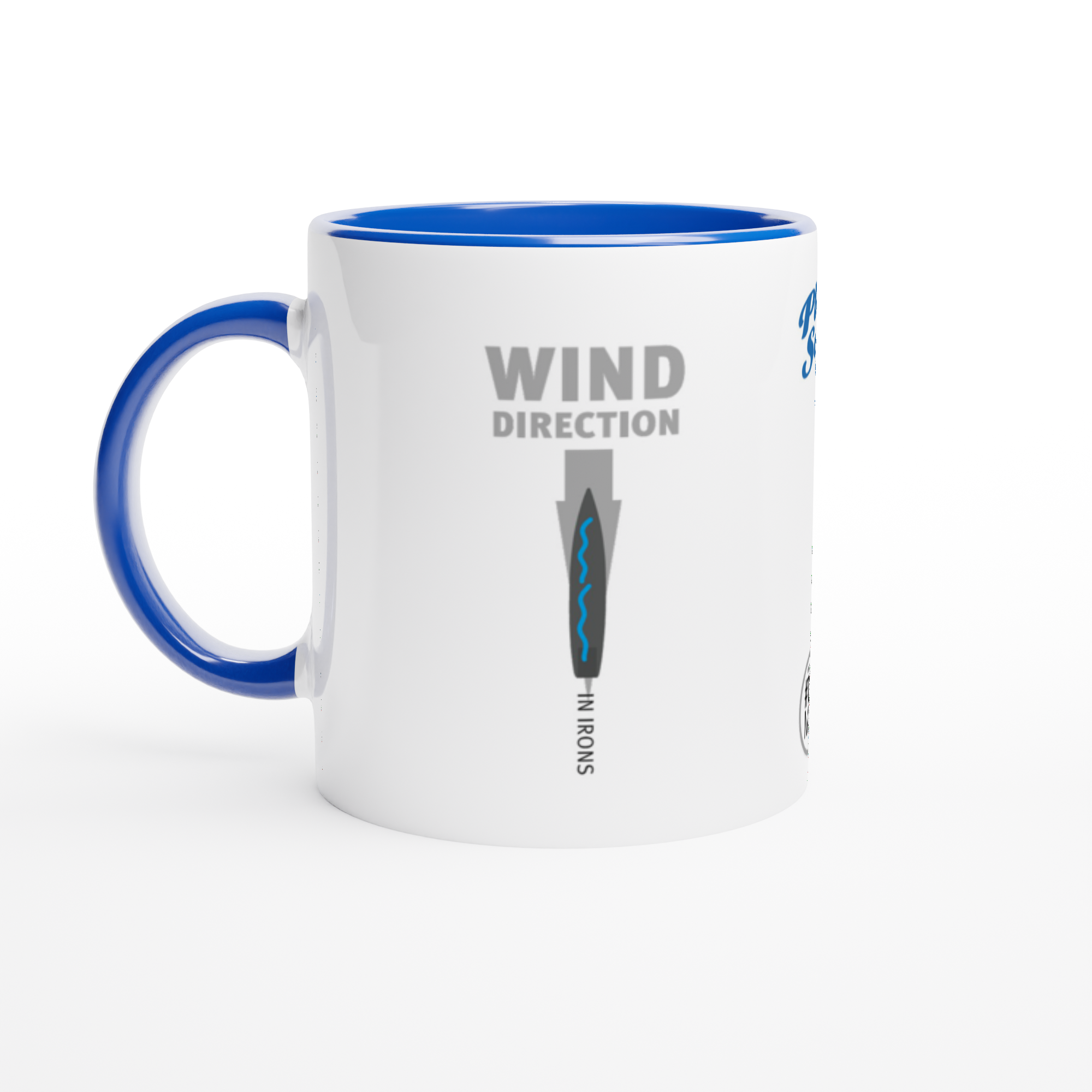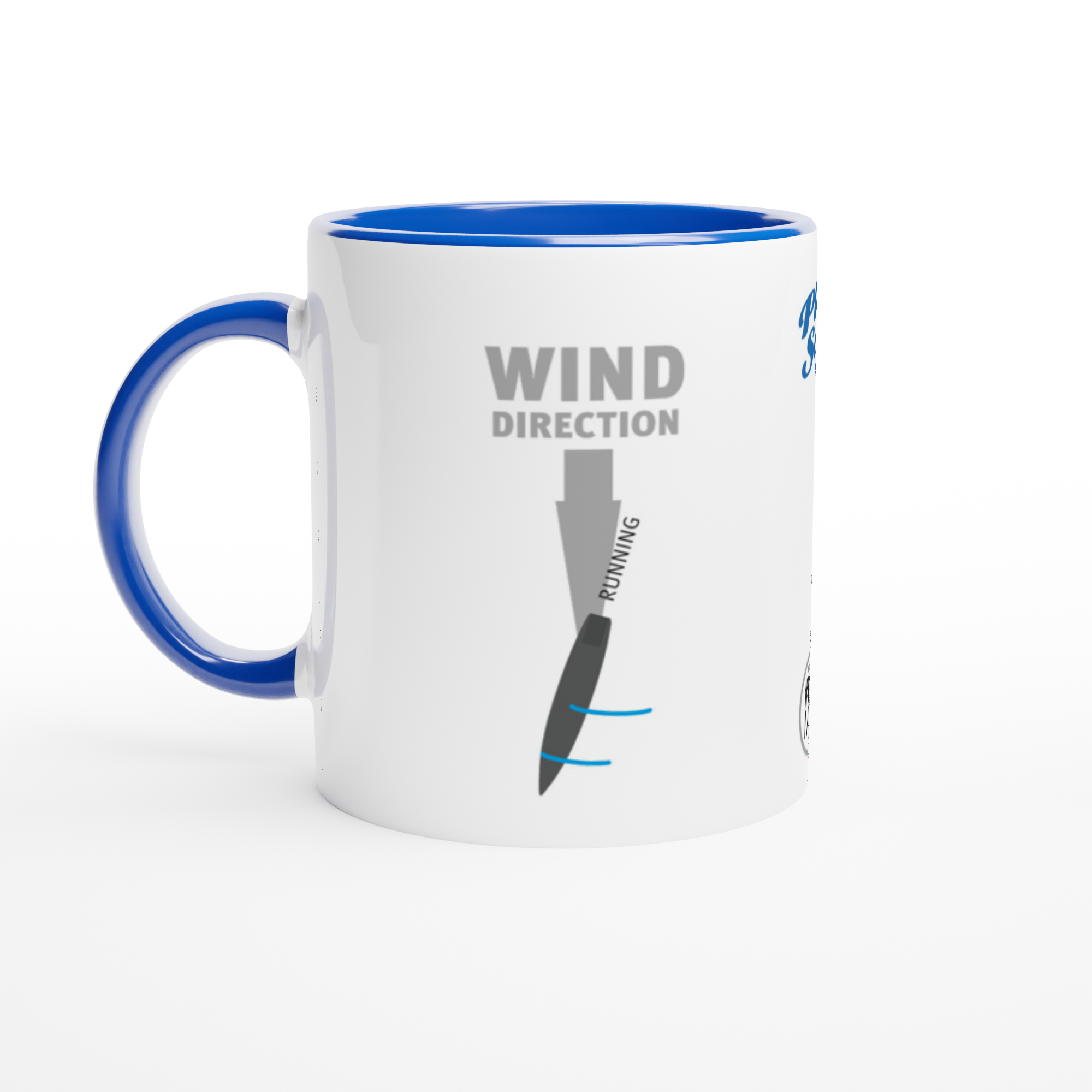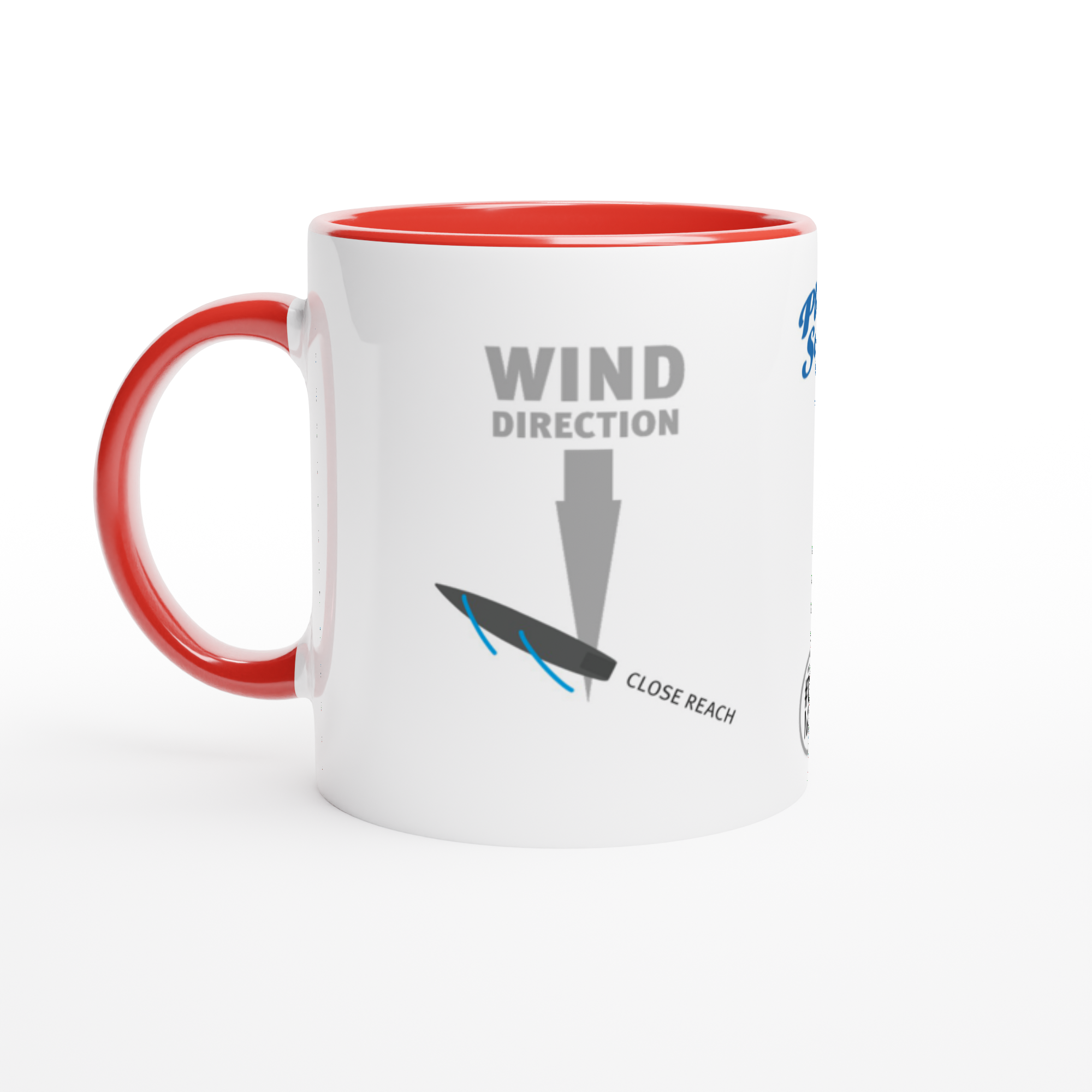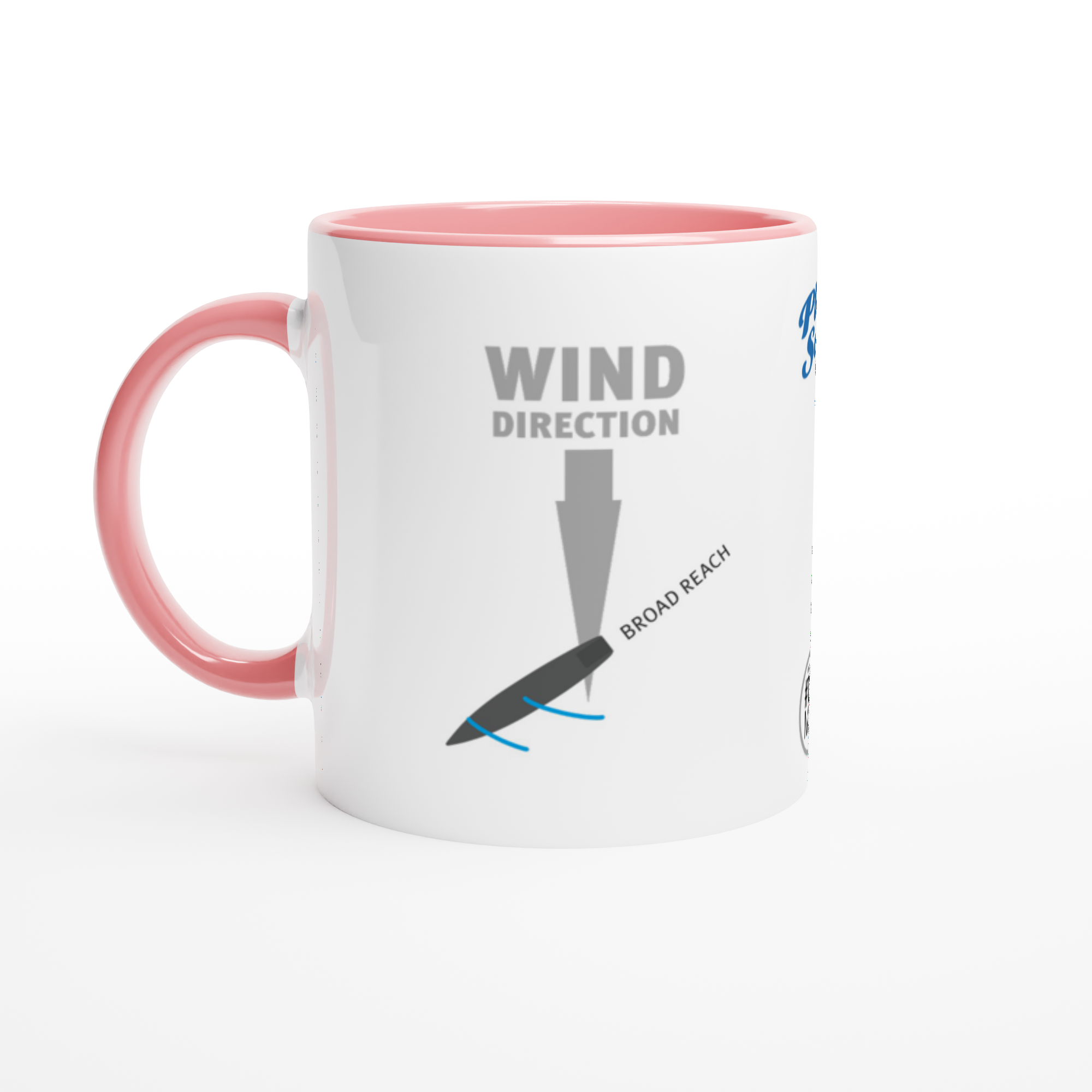Play to sail: flags and starting signals of a rc sailing race made easy
Focus:
How to become confident with the starting procedures of a radio sailing regatta
RC Sailors race their radio-controlled sailboats under the Racing Rules of Sailing, as changed by a dedicated appendix: this previous blog post highlighted 10 essential basic rules on which a regatta is based.
The racing rules of radio sailing set a sequence of visual signals and sound signals (to indicate flag changes) to warn sailors of the departure of a regatta.
This diagram shows the International Code of Signals with flags that are used to manage sailing racing.
At the start, all signals - the timing count down particularly - shall be made orally or by other audible sounds.
Rc sailing races shall be started using these signals at one- minute intervals:
WARNING
PREPARTORY
STARTING
(each signal shall be timed from the beginning of its sound).
RC sailing practiciants very offen set the warning, preparatory and starting moments with vocal warnings only. This is allowed by the changes of the appendix of the sailing rules: no visual signals are required unless specified in the sailing instructions.
During the (preparatory) minute before the starting signal, additional sound or oral signals shall be made at ten-second intervals: 50” … 40” … 30” … 20”…
During the final ten seconds at one-second intervals: 10 . 9 . 8 . 7 . 6 . 5 . 4 . 3 . 2 . 1 . START (vocal or sound starting signal).
At Play2Sail Academy, we usually prefere to adopt the procedure for start that integrates visual signals (flags) and the sounds, following what happens during a big boats race: this because for any sailor, flags are a (fun) piece of the game and we like to keep the mood.
Sail races are governed with flags.
At Play2Sail Arena, the sailors can see the simple diagram that explains the starting instructions, with flags and sounds signals (and all the diagrams of the racing courses) on our "notice of race board".
The notice of race board is easily accessible and clearly visible within the "control area" on the pier: it is placed on a wall of the docks (a magic place to sit with a cup of coffee during the day looking at Dockstafjärden and the DF65 sailboats in action :) close to the racing area where the marks of sailing course are just few meters far and not so far from the "launching area" that is located at the very beginning of the floating wharfs.
What happens with flags and sounds at the start, and during the pre-start of a rc sailing race?
During a race and for any signal concerning the race, these flags are defined in the Racing Rules of Sailing but the signal can be modified by the Sailing Instructions that you will receive at your regatta.
The raising (hoisting) or removing of a flag (visual signal) is accompanied by the emission of a sound signal to draw attention to the new signal.
The type of the sound signal (one short sound, two short sounds, one long sound, etc.) is described by the rule according to the type of signal.
If during a race between sailboats (with crew on board :) flags are usually exposed on the mast of the race committee boat, in rc sailing the flags are usually showed near the starting line at the ground.
•
Like with big sailboats, rc sail races shall be started by using the following signals and times shall be taken from the visual signals (the absence of a sound signal shall be disregarded).
The start procedure that we adopt for sail racing at Play2Sail Arena is showed below.
Rc Sailing Race Starting Procedure
The flags indicate the countdown to the start:
The arrow pointing up or down means that a flag is displayed or removed.
A dot “•” means a sound, a long dash “-” means a long sound, and they indicate the number of sounds signals.
WARNING SIGNALS
3 minutes remaining = "Class" flag up (the “•” indicates the number of sounds signals)
2 minutes remaining = "P" flag up (the “•” indicates the number of sounds signals)
PREPARATORY SIGNALS
1 minute remaining = "P" flag down (the “-” indicates the number of sounds signals)
STARTING SIGNALS
at the START = “Class" flag down (the “-” indicates the number of sounds signals)
During the “preparatory” minute before the starting signal, we count down at ten-second intervals, and during the final ten seconds at one-second intervals.
•
Flags are used also to show which kind of course the competitors have to sail.
At Radio Sailing Arena, we use:
"W" flag for the Windward-Leeward course
"T" flag for the Triangle
"O" flag for the Olympic
"A" flag for the P2S Arena course
Share your #SAILING passion with an original mug [#TAGMUG E-SHOP]
•
There are flags to remember the side boats have to round the floating marks:
the RED flag indicates to keep the marks to port (to the left)
the GREEN flag to keep them to starboard (to the right)
•
There are flags used as recall (visual) signals:
X flag means individual recall
It is displayed (with • one sound) when one or more boats did not start correctly and must return and do a proper start. The X flag shall be displayed until all such boats have sailed completely to the pre-start side of the of the starting line. The sound signal is in addition to the start sound signal.
First Substitute pennant means general recall, the flag is displayed with •• two sounds (one sound when lowered).
A general recall may occur when at the starting signal the race committee is unable to identify boats that are on the course side over the starting line, or subject to one of the starting penalties, or there has been an error in the starting procedure.
All boats have to return and then a new start sequence will begin. The new warning signal shall be made 1 minute after the first substitute signal is removed (one sound). The two sound signals when the first substitute is displayed are in addition to the start sound signal.
Share your #SAILING passion with our original mug [#TAGMUG E-SHOP]
•
Be aware of the signals (flags & sounds) during your start execution is key
to control the temporal and spatial positioning of your yacht in relation with the wind, the race course and opponents at any moment of pre-start and at the start
to manage to achieve the preferred starting position of your rc yacht
to have full control of the speed of the hull on the water
In any race, you need that the start of your sailboat is successful vs. your competitors.
In rc sailing, a heat is usually a short race: this puts a lot of weight on the gain of any early advantage.
At the start, you need to sail in your desired position at maximum speed across the line, with an immediate focus on the sail set-up.
Talking about how to get the best racing your fast radio-controlled sailboat, we published another blog post where you will find basic tactics and advices to enjoy your first regatta.
Elevate your RC Sailing skills:
Free resources at your fingertips >
As a skilled sailor, you know the value of continuous learning. Access our advanced free online resources to refine your techniques and build your confidence with expert insights. No fees, no membership - just pure learning and fun. Discover Play2Sail Academy today!
To learn easily everything you need to start sailing (faster) your radio-controlled yacht, Play2Sail Radio Sailing Academy shares a complete e-manual that collects the fundamental knowledges, handy diagrams, tips and advice that will improve your skills.
DOWNLOAD THE P2S RADIO SAILING MANUAL NOW >
(because sailing learning doesn’t have to be complicated! ;)














![Share your #SAILING passion with our original ceramic mugs [#TAGMUG E-SHOP]](https://images.squarespace-cdn.com/content/v1/594e2defd482e9221abc3588/1614719683830-IFHY92H4R0WRAMOJV9IE/sailing-racing-courses-ceramic-mugs-collection.jpg)



![Share your #SAILING passion with our original ceramic mugs [#TAGMUG E-SHOP]](https://images.squarespace-cdn.com/content/v1/594e2defd482e9221abc3588/1614719716948-POZU2K2KJG309Z83I6ZS/sailing-code-of-signals-flags-mug-design.jpg)
